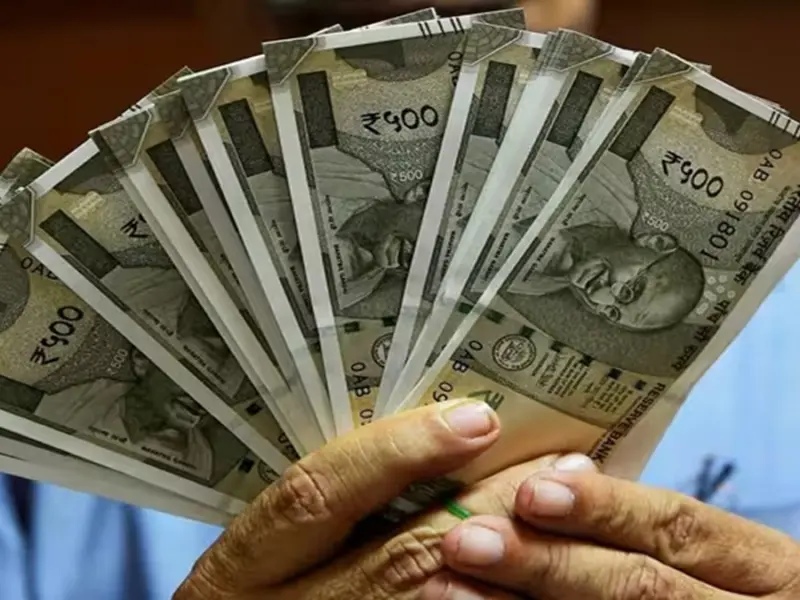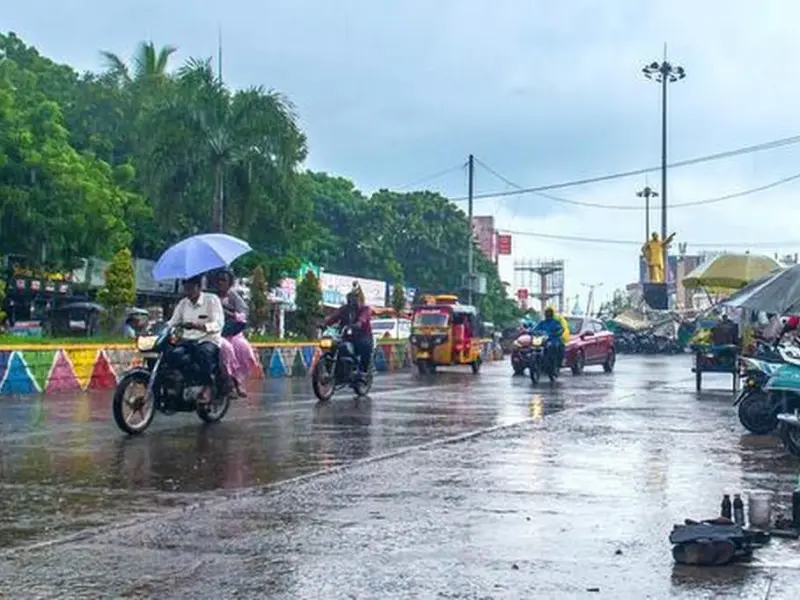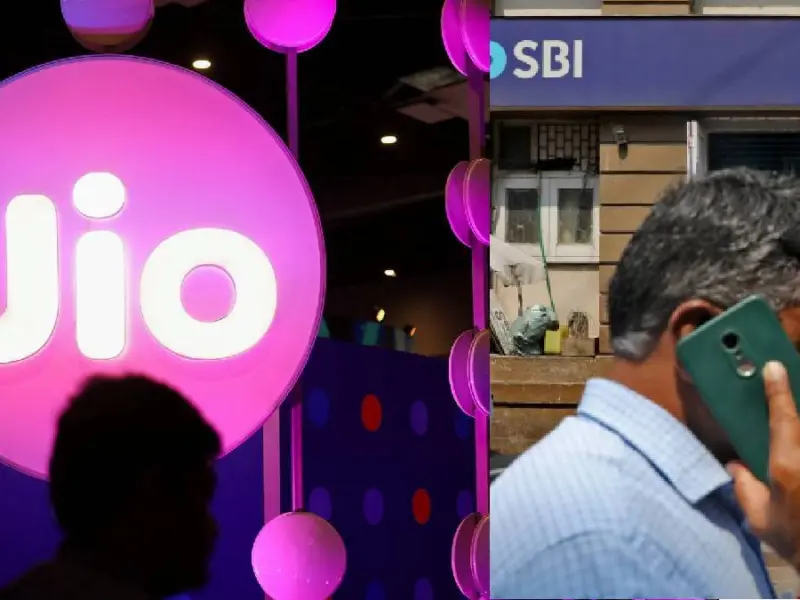If you’ve been dreaming of cruising from Delhi to Mumbai in just 12 hours, you’ll need to hold on a bit longer. The much-anticipated Delhi-Mumbai Expressway, set to revolutionize road travel in India, has a new completion date. Union Minister Nitin Gadkari announced that the expressway is now expected to be completed by October 2025. While this delay might be disappointing, the wait will surely be worth it, as the expressway promises to offer an unmatched driving experience.
Construction Progress and Challenges 🚧
According to Nitin Gadkari, the construction of the Delhi-Mumbai Expressway is about 80% complete. Out of the total 1,386 km, 1,136 km have been constructed as of June. The remaining sections, including 27 spurs, are still under construction. The expressway’s revised completion date is set for October 2025. Despite the delays, the project is progressing steadily, and once finished, it will be India’s longest expressway.
Key Features of the Delhi-Mumbai Expressway 🛣️
- Length: The expressway stretches over 1,386 km, making it the longest in India.
- Lanes: It features eight lanes, with the potential to expand to 12 lanes in the future.
- Speed Limit: Cars can travel at speeds up to 120 km/h, offering the highest speed limit on any Indian highway.
- Service Lanes: There are service lanes on both sides for better access control.
- Median: A 21-meter median follows the principles of forgiving highways, allowing for future expansion.
Benefits of the Expressway 🚗⏱️
Once operational, the Delhi-Mumbai Expressway will significantly cut travel time between the two cities. Currently, the journey takes about 24 hours by car, but the expressway will reduce this to just 12 hours. This will make road trips between Delhi and Mumbai much more feasible and attractive. Additionally, cities like Jaipur will be more accessible, with travel time to Delhi reduced to around three hours.
Why the Delay? 🕰️
The completion date of the Delhi-Mumbai Expressway has faced delays due to various factors, including land acquisition challenges and the sheer scale of the project. Launched in 2018 by the National Highways Authority of India (NHAI), the project was initially expected to be completed within five years. The foundation stone was laid by Nitin Gadkari in March 2019, and the first stretch between Sohna in Haryana and Dausa in Rajasthan, measuring 209 km, was inaugurated by Prime Minister Narendra Modi on February 12 last year.
Future Prospects 🚀
The expressway is designed with the future in mind. It not only allows for high-speed travel but is also built to accommodate increased traffic. With 15,000 hectares of land acquired, the expressway provides room for expansion and development along its route.




